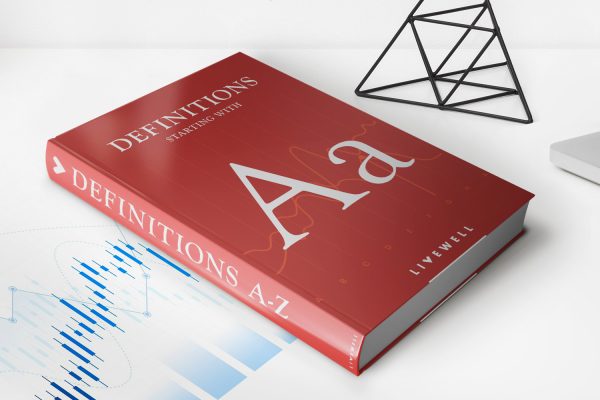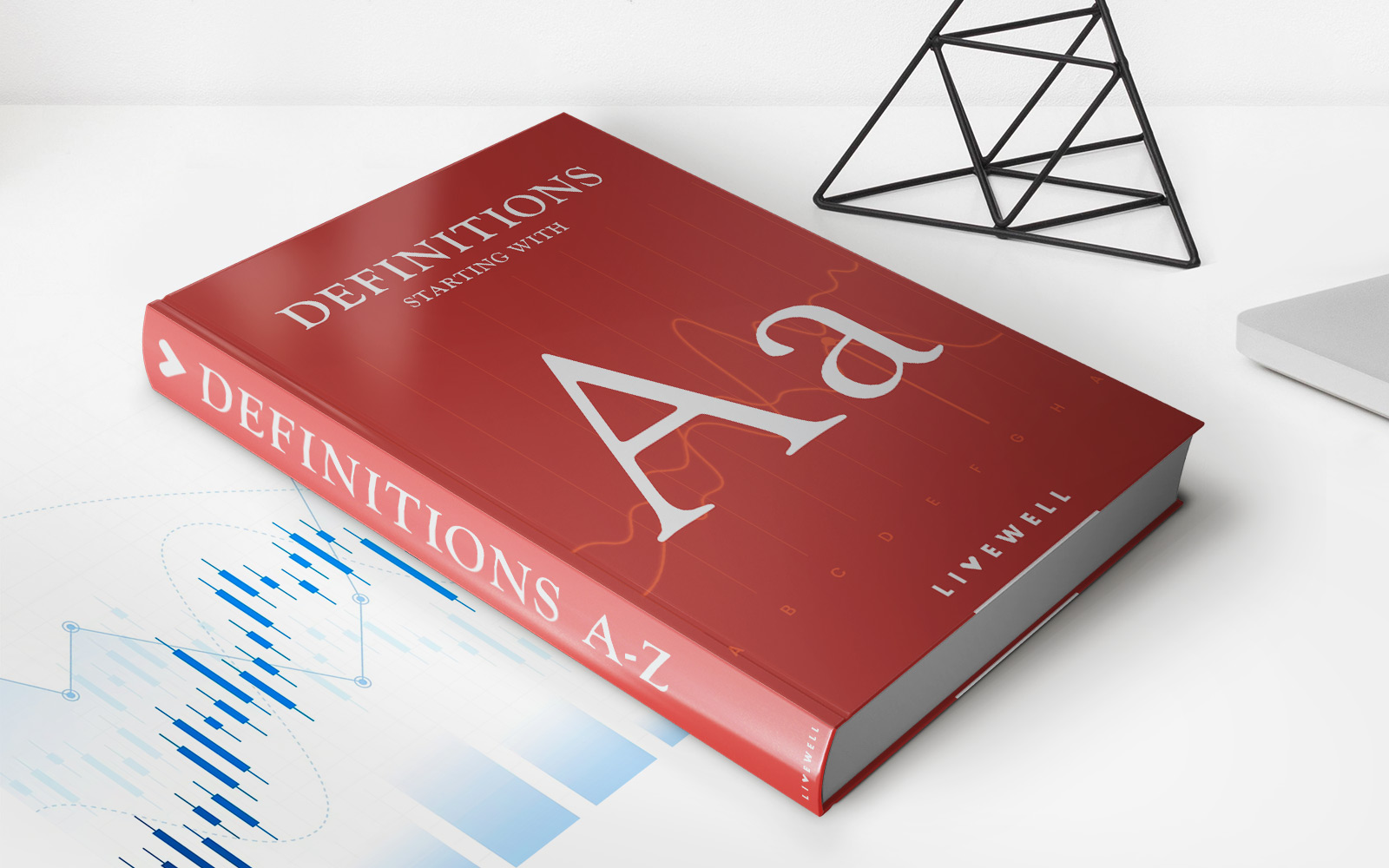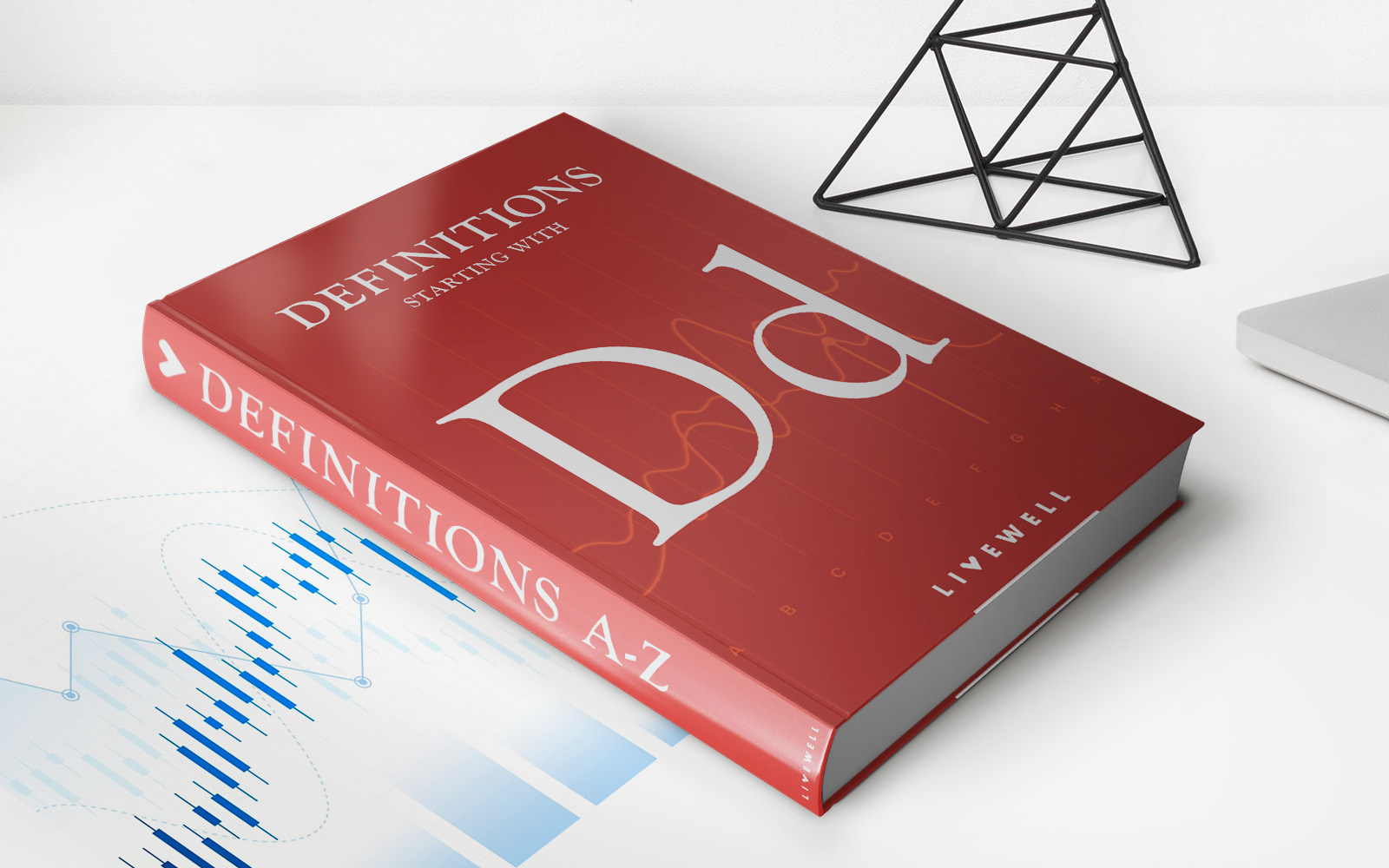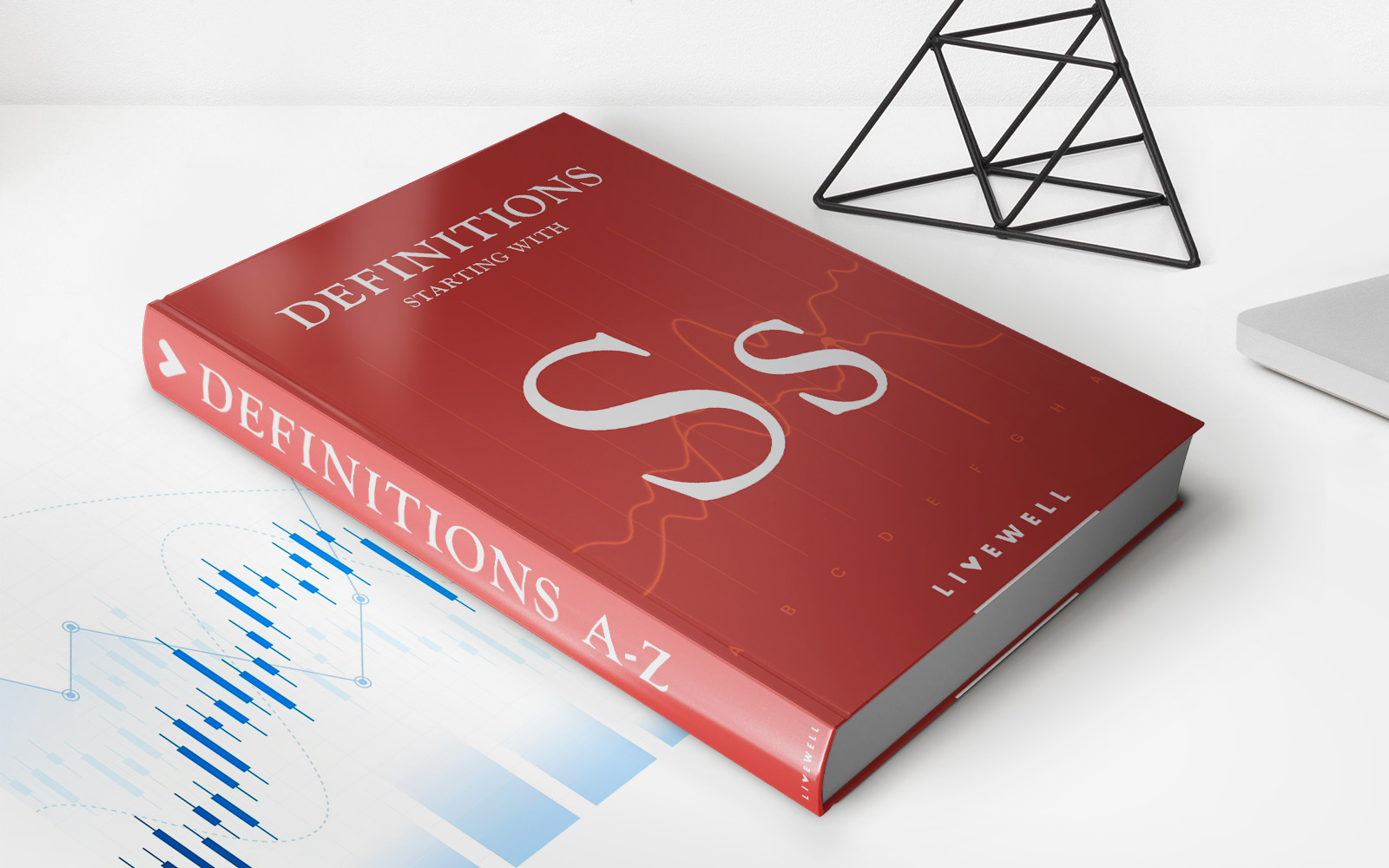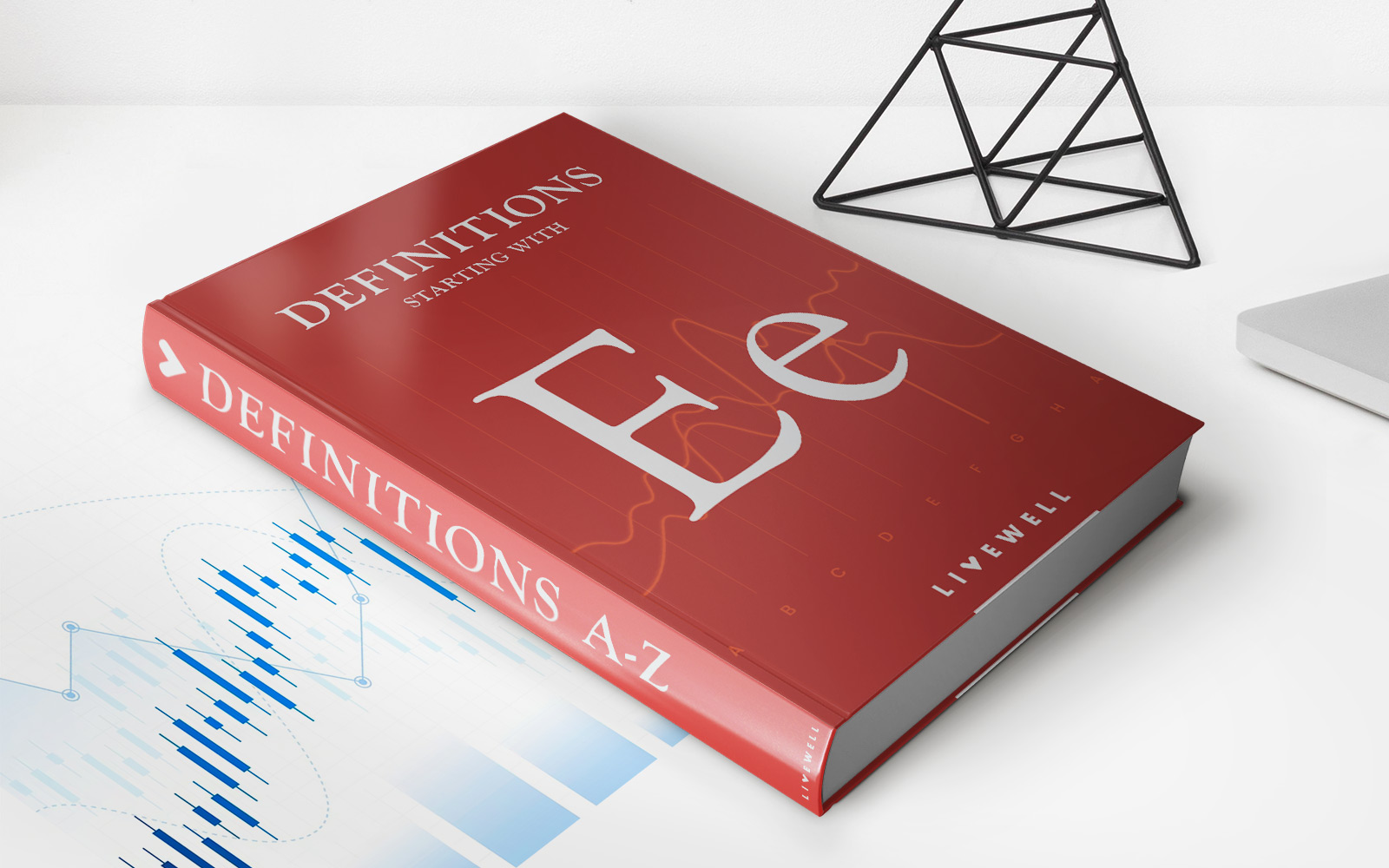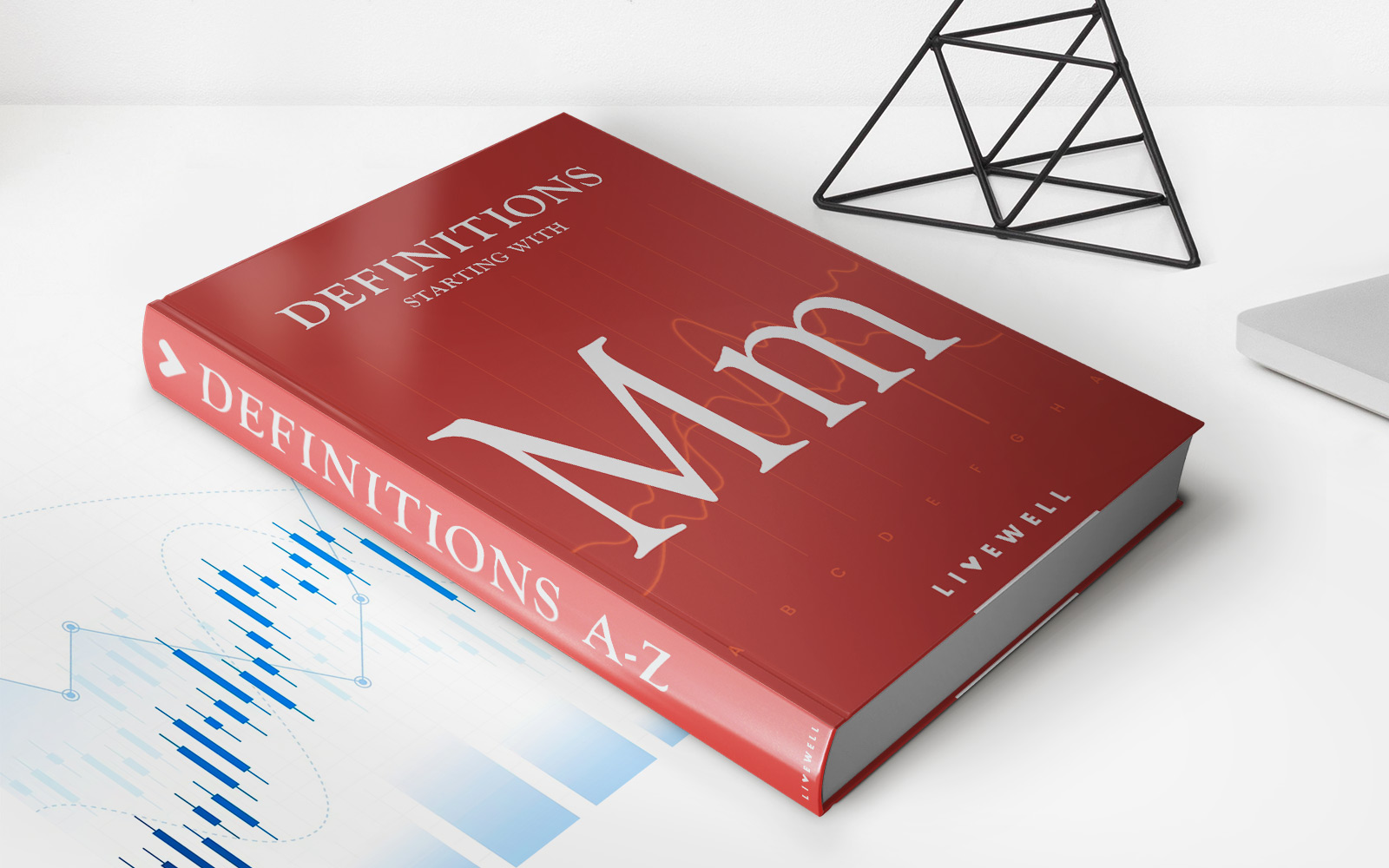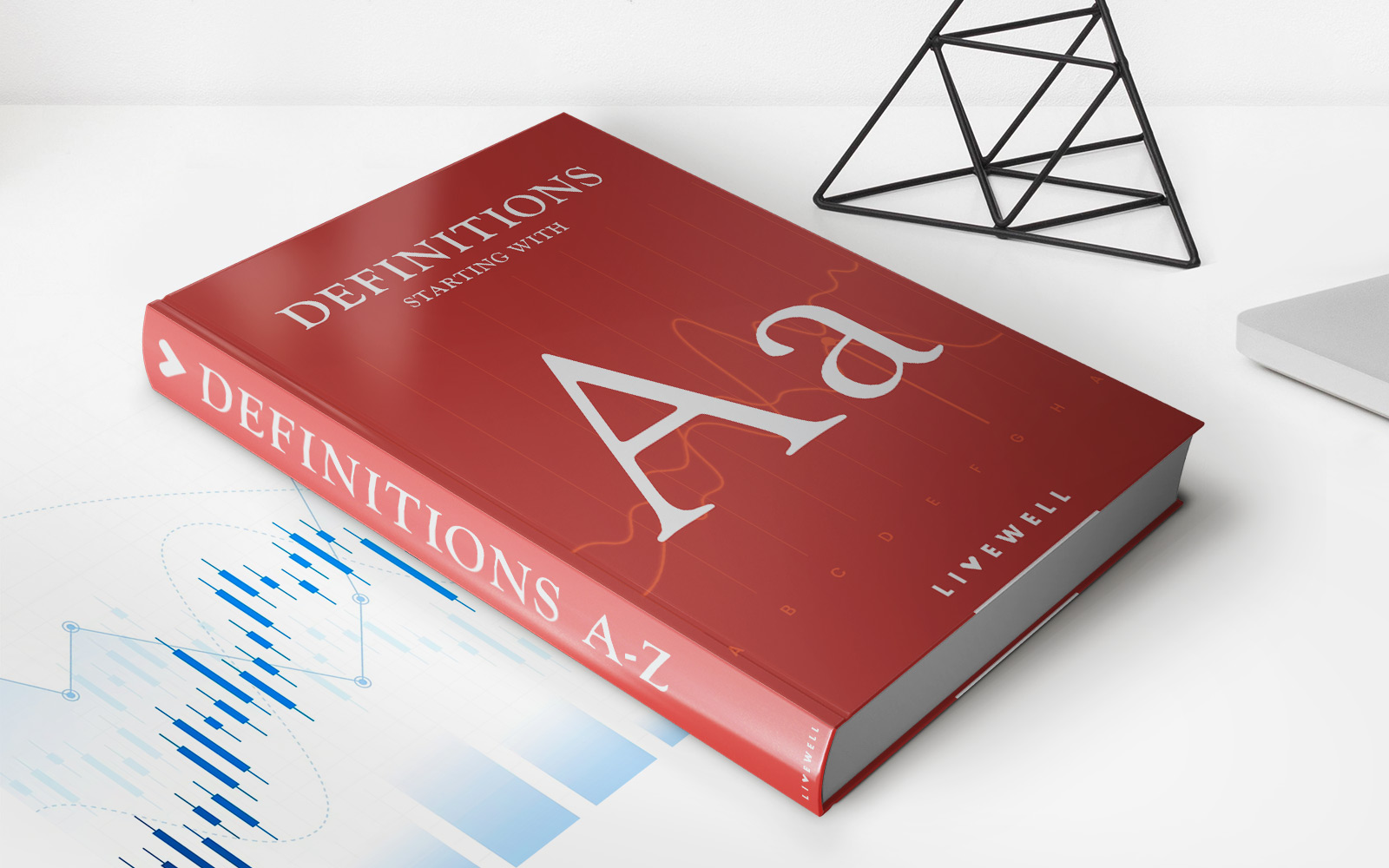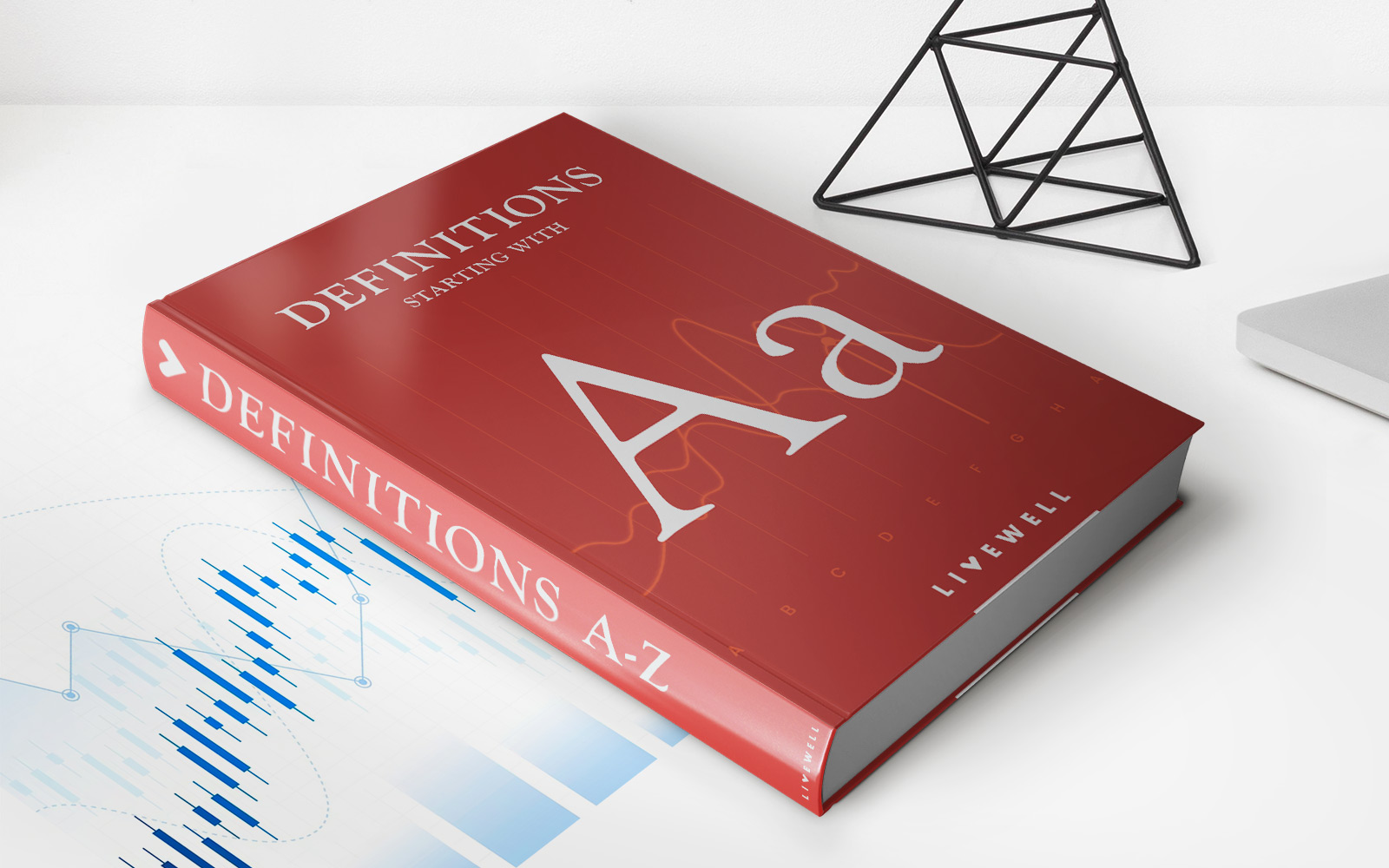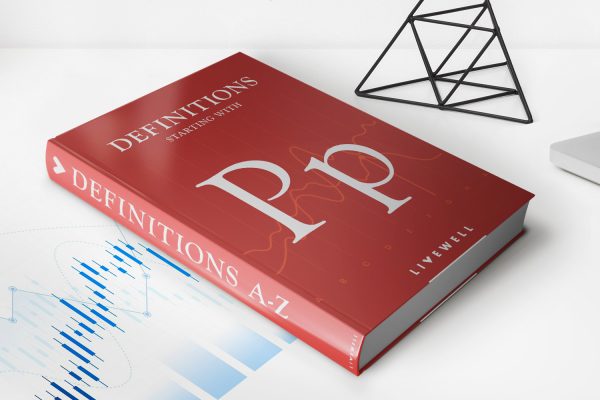Home>Finance>Unsponsored ADR: Definition, Limitations, Example, Vs. Sponsored
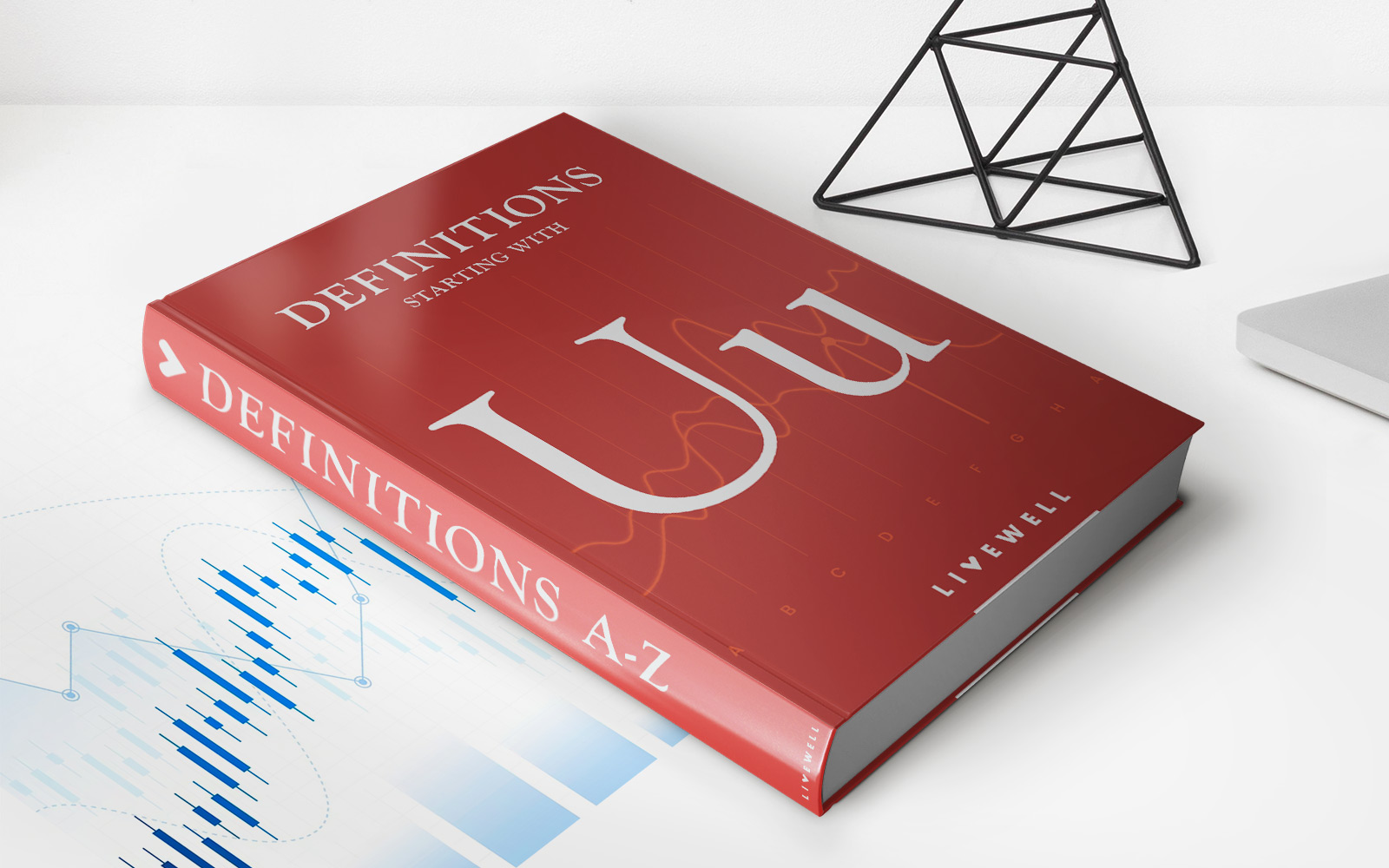

Finance
Unsponsored ADR: Definition, Limitations, Example, Vs. Sponsored
Published: February 14, 2024
Learn the definition, limitations, and examples of unsponsored ADRs in the world of finance. Understand how they differ from sponsored ADRs.
(Many of the links in this article redirect to a specific reviewed product. Your purchase of these products through affiliate links helps to generate commission for LiveWell, at no extra cost. Learn more)
Unsponsored ADR: Definition, Limitations, Example, Vs. Sponsored
Welcome to our finance blog, where we explore various topics to help you navigate the world of personal finance with ease. In this post, we’ll be discussing Unsponsored American Depositary Receipts (ADRs) – what they are, their limitations, an example, and how they differ from sponsored ADRs. By the end of this article, you’ll have a clear understanding of Unsponsored ADRs and be able to make informed decisions regarding your investments. Let’s dive in!
Key Takeaways:
- Unsponsored ADRs are issued by depositary banks without the involvement or consent of the foreign company whose shares they represent.
- Investors who trade Unsponsored ADRs may have limited access to company information and face lower liquidity compared to sponsored ADRs.
What are Unsponsored ADRs?
An American Depositary Receipt, or ADR, is a certificate issued by a U.S. depositary bank representing a specified number of shares in a foreign company. It allows U.S. investors to indirectly invest in foreign companies listed on markets outside the United States. Unsponsored ADRs, as the name suggests, are ADRs that are issued without the involvement or consent of the foreign company.
Unsponsored ADRs can provide investors with access to foreign companies that do not participate directly in the U.S. markets. They are created by depositary banks to meet investor demand for shares of popular foreign companies. However, it’s important to note that the depositary bank takes on the responsibility of issuing and maintaining these ADRs, not the foreign company itself.
Limitations of Unsponsored ADRs
While Unsponsored ADRs can offer U.S. investors exposure to foreign companies, they come with some limitations:
- Limited Company Information: Since the foreign company does not sponsor these ADRs, they may not provide the same level of company information as sponsored ADRs. This lack of information can make it challenging for investors to fully assess the company’s financial health and make well-informed investment decisions.
- Lower Liquidity: Unsponsored ADRs typically have lower trading volume and liquidity compared to sponsored ADRs. This can result in wider bid-ask spreads, making it more expensive for investors to buy or sell shares.
- Risk of Delisting: Unsponsored ADRs may be more susceptible to delisting from U.S. exchanges compared to sponsored ADRs. This can happen if the depositary bank fails to comply with listing requirements or if investor demand for the ADRs declines.
An Example of Unsponsored ADR
To better understand Unsponsored ADRs, let’s consider an example. Imagine a popular Chinese company listed on the Shanghai Stock Exchange. Investors in the United States are interested in indirectly investing in this company. However, the company does not issue sponsored ADRs and is not listed on any U.S. exchange. In this scenario, a U.S. depositary bank may create Unsponsored ADRs representing shares of the Chinese company. These ADRs can then be traded on U.S. exchanges, allowing U.S. investors to gain exposure to the company’s performance without directly investing in the foreign market.
Unsponsored ADRs Vs. Sponsored ADRs
Now that we understand Unsponsored ADRs, let’s differentiate them from sponsored ADRs:
Unsponsored ADRs:
- Issued by depositary banks without involvement or consent of the foreign company.
- May have limited access to company information.
- Lower liquidity and trading volume compared to sponsored ADRs.
- Higher risk of delisting from U.S. exchanges.
Sponsored ADRs:
- Issued with the involvement and consent of the foreign company.
- Provide access to more comprehensive company information.
- Higher liquidity and trading volume.
- Less likely to be delisted from U.S. exchanges.
In summary, Unsponsored ADRs offer an avenue for U.S. investors to gain exposure to foreign companies that do not issue sponsored ADRs. However, they do come with limitations such as limited company information and lower liquidity. As with any investment, it’s essential to carefully evaluate the risks and advantages associated with Unsponsored ADRs before making any investment decisions.
Thank you for joining us on this finance journey! We hope this article shed some light on Unsponsored ADRs and empowered you with the knowledge you need to make informed investment choices. Remember to stay tuned for more informative articles in the world of finance!
